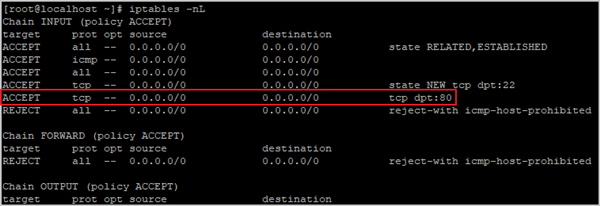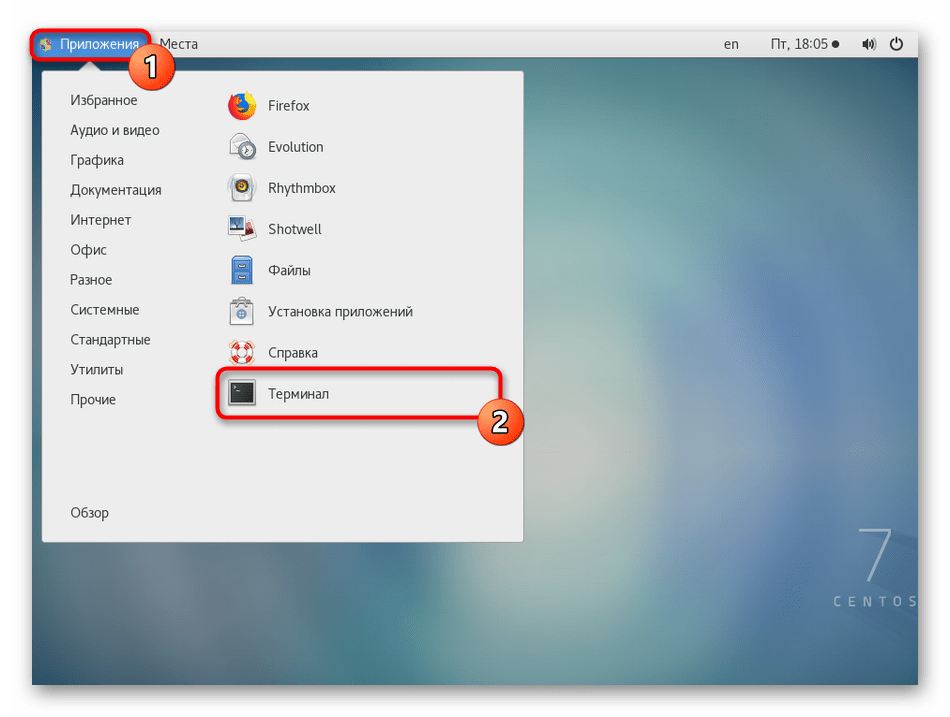

A OUTPUT -p all -m state -state ESTABLISHED -j ACCEPT A INPUT -p all -m state -state ESTABLISHED -j ACCEPT Using a stateful rule to allow all established connections: #Allow all Established connections Now we are ready to insert the necessary rules to our chains. Set all the default chains to DROP and save the file: *filter iptables chainsįirst we clear the content of /etc/sysconfig/iptables using: echo > /etc/sysconfig/iptables The third way is to edit the file /etc/sysconfig/iptables and that is what I will show you today. The second way is to use iptables command to edit the configuration – this method is best for testing since it will NOT save the settings until you run the command: /etc/init.d/iptables save The simplest way is to use the command system-config-firewall/system-config-firewall-tui, it will help you set up standard rules like Web Server, FTP Server and a few more.

There are several ways to configure iptables on CentOS. In this tutorial I will give a few essential examples of how to use iptables on CentOS “iptables is a user space application program that allows a system administrator to configure the tables provided by the Linux kernel firewall (implemented as different Netfilter modules) and the chains and rules it stores.ĭifferent kernel modules and programs are currently used for different protocols iptables applies to IPv4, ip6tables to IPv6, arptables to ARP, and ebtables to Ethernet frames.”

2.3.4.1 Allow Incoming SSH from a specified subnet/ip address.


 0 kommentar(er)
0 kommentar(er)
